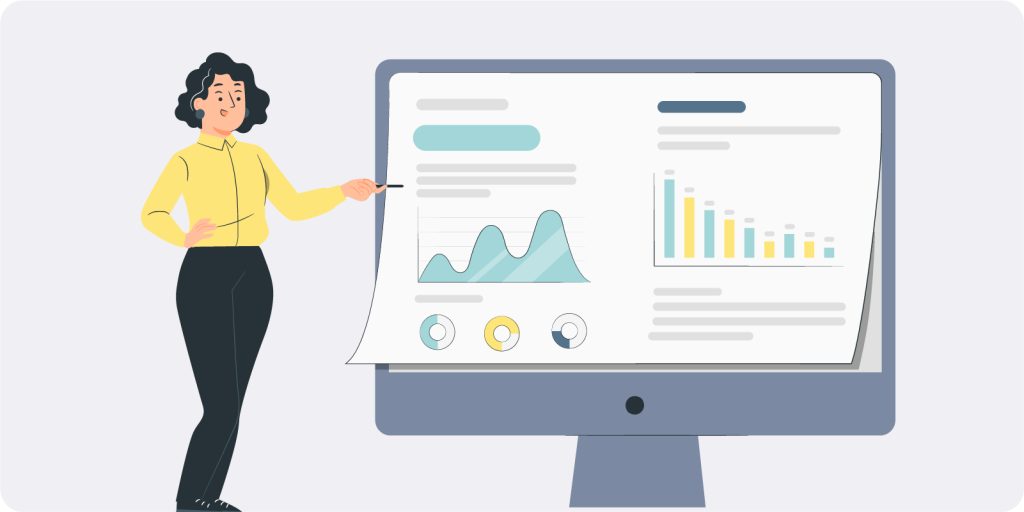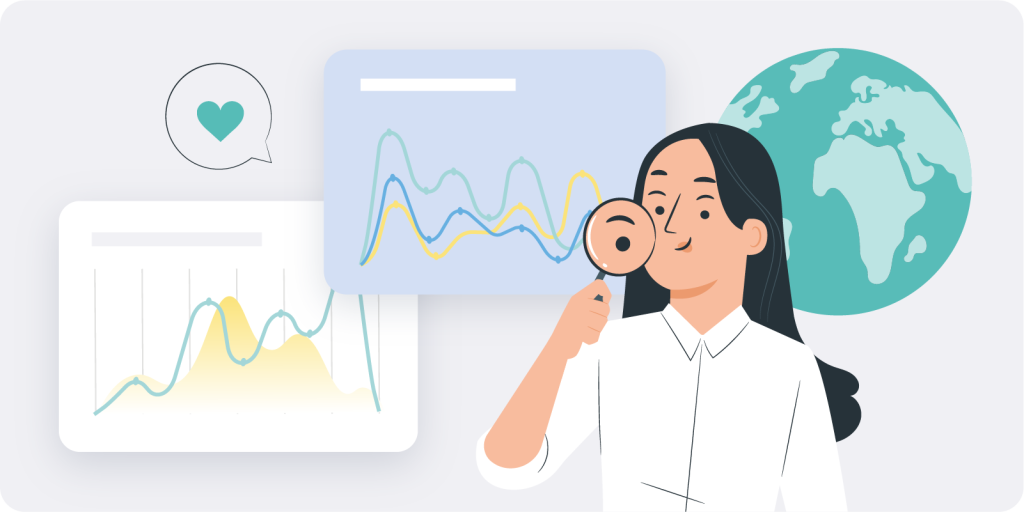Social Media Reporting Tools – 7 Must-Have Functions

There are plenty of articles out there that talk about what social media reports should look like or what you should include in your report. Most of that depends on your specific needs, your industry, or whether you are an in-house social media manager or working for an agency.
Nearly everyone who needs to create social media reports, uses some sort of social media tool to compile and analyze data and to present it in various charts, graphs, and tables. Finding the right tool can be challenging, since what many articles don’t tell you is what reporting functions a social media tool should offer you so that you have everything you need for effective reporting. In reality, reporting on your social media activities requires a flexible tool that allows you to present different data in different ways.
For this reason, this article will highlight 7 key functions and capabilities that social media tools should have when it comes to reporting. Whether you are an in-house social media manager or working for an agency, your reporting needs can be different, can change over time, and require constant adaptation. Therefore, you should look for a social media tool that offers a number of core reporting functions.

Functions of the Best Social Media Reporting Tools
There are, of course, several different theories out there about what social media tools need to do. Instead of talking about the best social media tools in general, we will focus on what these tools should offer in terms of social media reporting functionality.
With this in mind, here are 7 core functions or features that a social media reporting tool should excel at:
1. Efficiently Update Reporting Output
Social media marketing reports may be presented on a daily, weekly, or monthly basis. However, different aims call for different types of reports. There may, in fact, be some weeks when you want to highlight follower growth in your reporting and other weeks when you want to focus on engagement and post interaction. This variety requires a number of changes to be made to the reporting output, and your social media reporting tool should allow you to quickly and efficiently update what metrics you want to highlight.
For this reason, social media reporting software should enable the report to be able to be easily created, updated, and changed with just a few clicks. You should also have the option to quickly change the various graphs, tables, and charts you are using for reporting. Perhaps the key metrics you want to highlight are best presented in a table to provide a quick overview. Alternatively, you may think that line or bar graphs would show your progress most clearly. Whatever your focus, you should be able to adjust your reporting output quickly and efficiently.
2. Automation Capabilities
Having the ability to produce automated social media reports is a must, especially in the fast paced world of social media management. Just the task of generating reports, exporting them, and sharing them can cost you time. For this reason, the ability to automate report creation, export, and delivery can be extremely beneficial.
Automation features should allow you to automatically generate and deliver reports at set intervals (e.g. weekly, monthly). Ideally, this automation feature should include the option to create automatic email delivery once the report is pulled. Of course, these reports should be able to be tailored for different reporting needs as described above.
3. Shareability Options
Social media monitoring reports are often circulated not only within a social media team, but also across a larger marketing team and can even be seen by management. This can usually be done through a direct export and then emailing to those who need to see the report. But is this really that efficient to do every time? Probably not.
In reality, it is helpful when the social media reporting software you are using has shareability features that enable sharing outside of those who are paying for a subscription to the social media tool. For example, being able to generate a link (with the option of password-protecting it) to share directly with others would be a helpful option to have.

4. Different Reporting Formats for Export
Social media marketing reports are diverse and, depending on who you are reporting for, many need to be presented in different formats. Some social media managers prefer to present their results in PowerPoint, others in PDF, and others perhaps even in Excel.
Social media report exports should have all these options so you can decide how to best present your results in the format you want.
5. Visual and Highlighting Options
When you are creating social media monitoring reports, there is almost always a story that you are trying to tell. Having visual and highlighting options for your data can help you get your point across.
Because of this, your social media monitoring reporting tool should provide you with editing features for the report. This includes the highlighting of rows, columns, charts, and other data points within the report itself, so you can illustrate the progress you need. This also includes the ability to adjust various backgrounds colors to suit your needs, as well as having the option to upload your company’s logo for a branded report.

6. Metrics: Reporting What You Need
We are not going to tell you what metrics you should track, since that depends on what you need to look at. Social media analytics reports should, however, come with capability to let you track and report on dozens of metrics across social media channels.
This is also tied to having the option to share different social media metrics in different formats such as simple line or bar graphs, matrix graphs, tables, or other charts. In order to get insightful competitor analysis and benchmarking data, you need to be able to study different metrics, over various timeframes, to get the insights you need, and therefore, your social media tool must have strong analytic and benchmarking capabilities.
7. Unlimited Data Sets: Dashboard and Profile Tracking
A social media reports tool should have the capability to track an unlimited number of profiles, preferably without paying more than your normal monthly rate. While the ability to track an unlimited number of profiles may not be typically discussed with social media reporting, meaningful tracking and reporting may often rely on having a large enough data set to make your benchmarking analysis helpful.
Conclusion: The Best Social Media Reporting Tools
The best social media reporting tools would ideally excel in providing these 7 core reporting functions above. So, when you are searching for a social media tool for your company or agency, and you know that reporting will be a key aspect of your work, it is helpful to ask yourself if the tool can perform all the functions we discussed in this article.
If you are interested in testing dynamic social reporting functions for yourself, then take advantage of Fanpage Karma’s free 14-day trial.
If you want to find out more about the Fanpage Karma social media tool and how it can help you to improve your performance, you can attend our free weekly Webinar.









